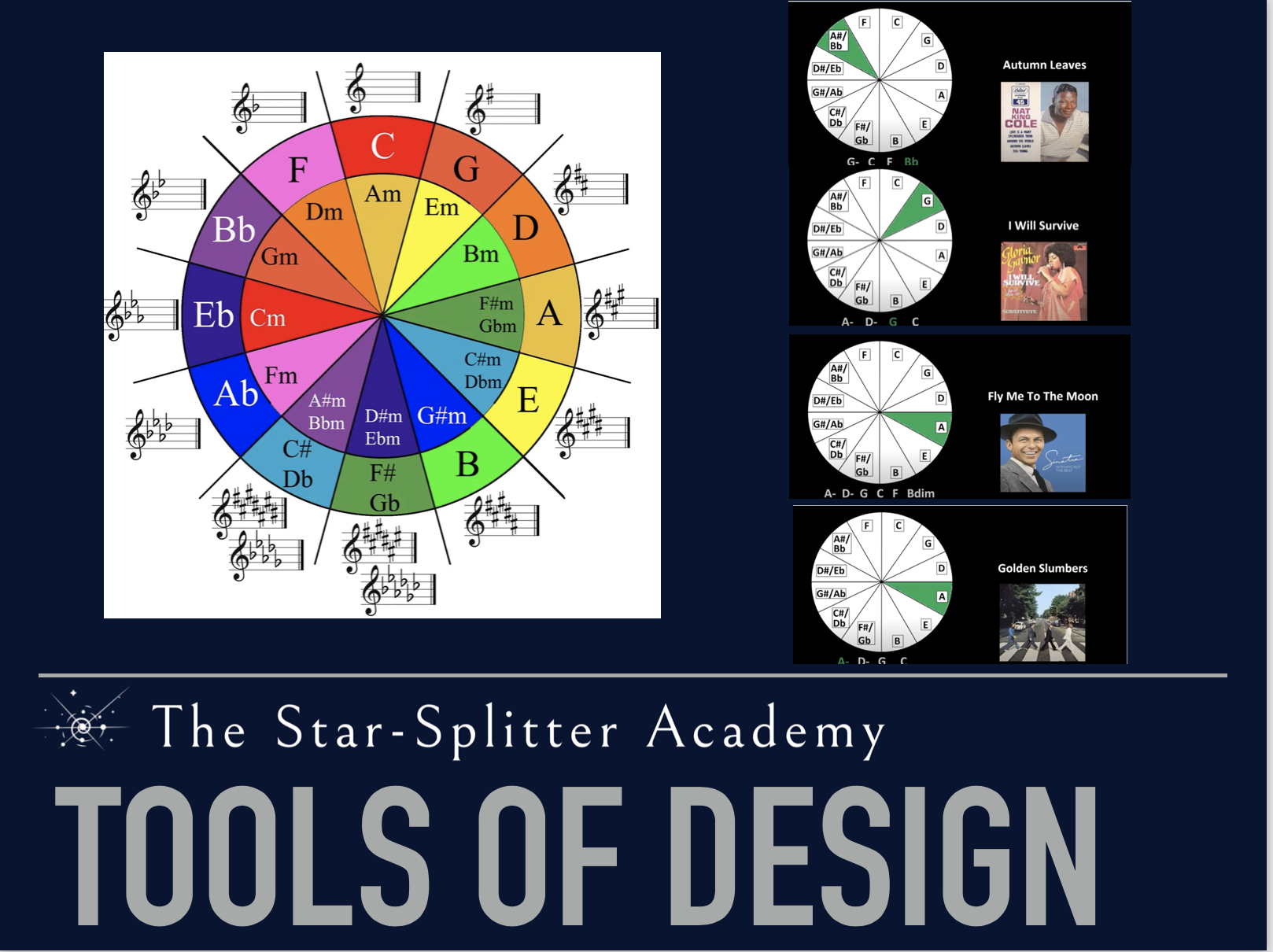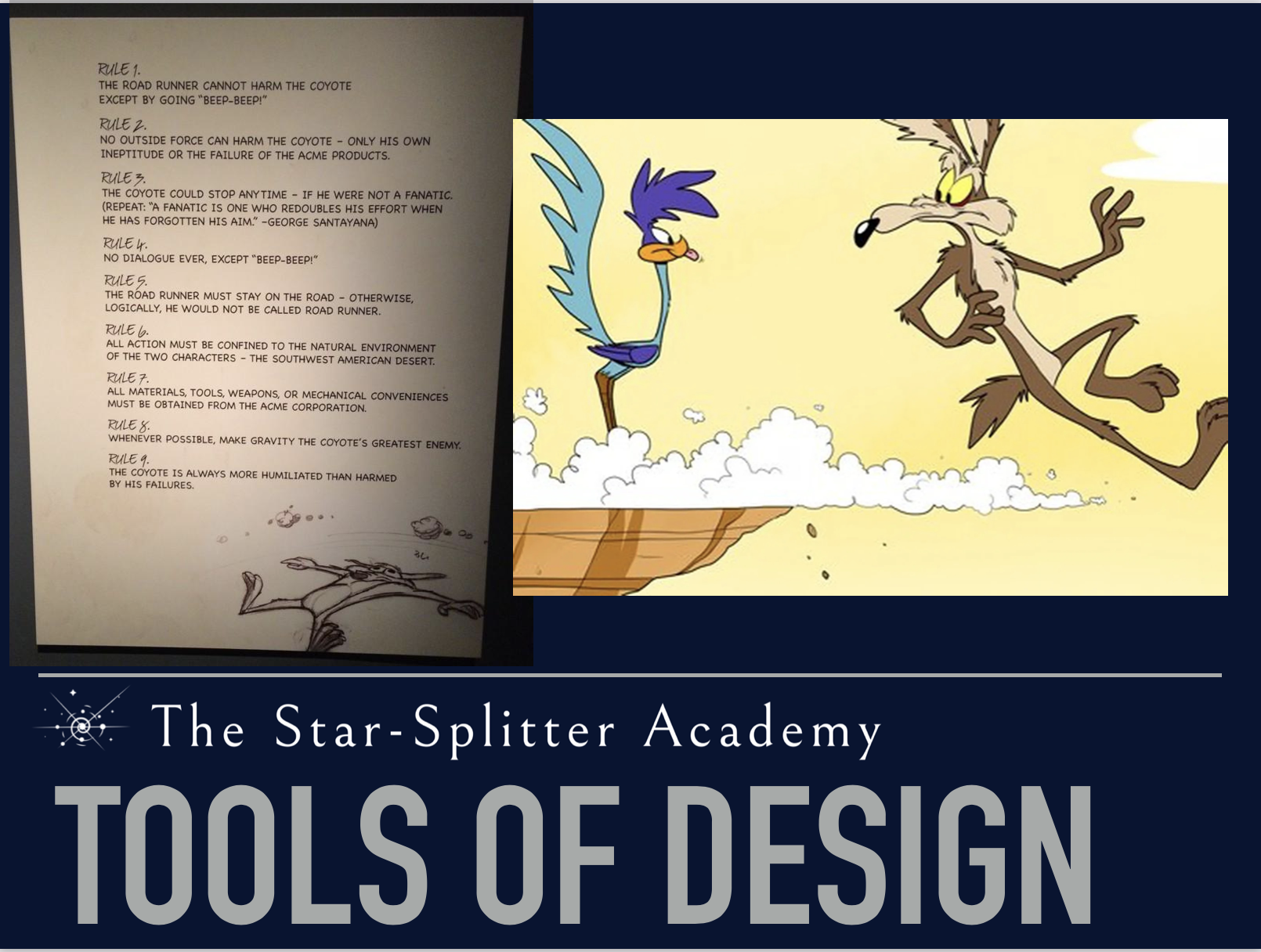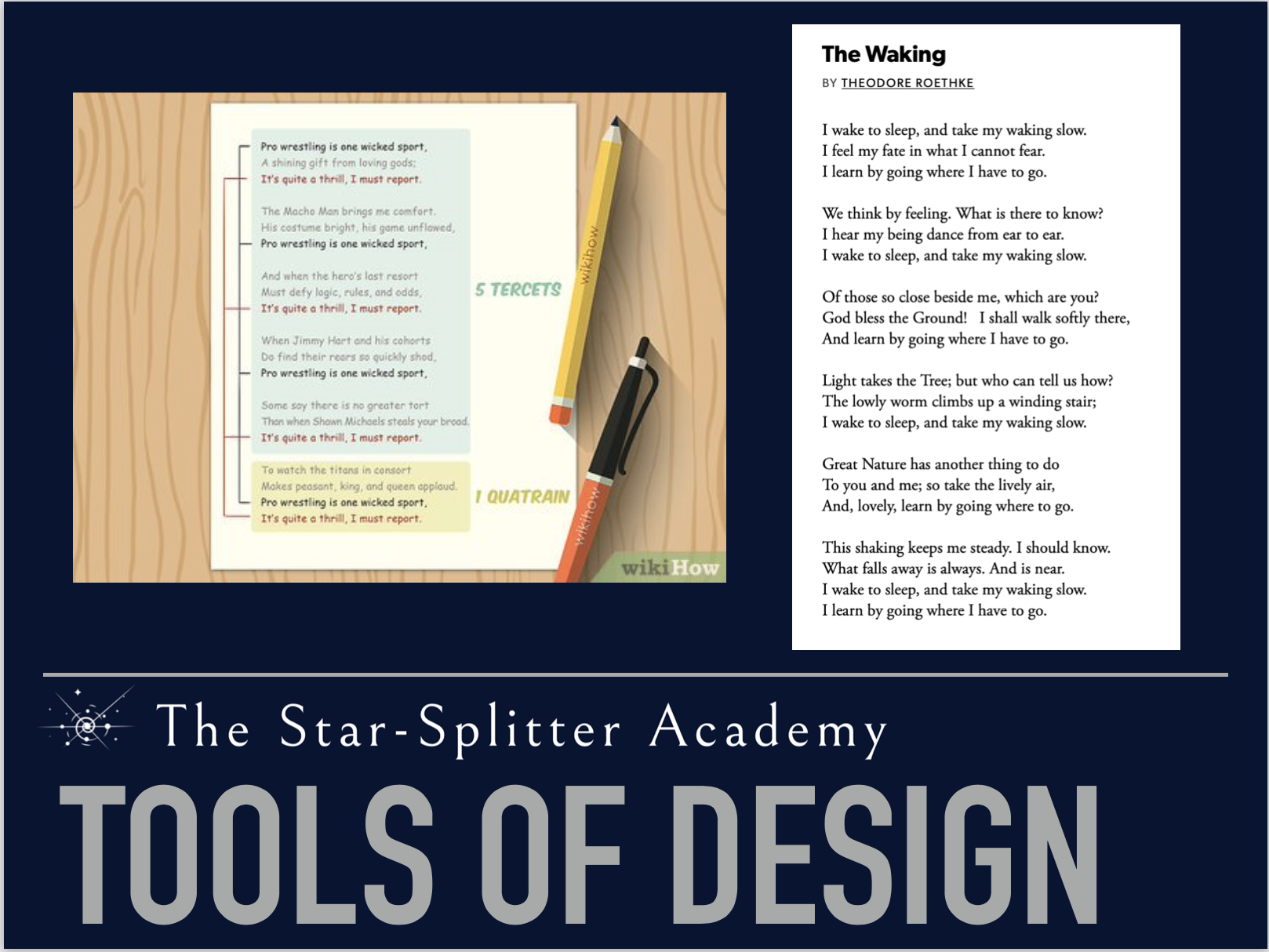
It all begins in wonder.
What a joy it has been to discover and refine a new form of education with our Star-Splitter families and students. We are grateful and inspired by the culture of trust that our students have helped to create in the classroom, and by the creative, analytical, connective work that they have therefore been able to undertake during our concentrated time together each day as Star-Splitters.
Because we learn through a series of interrelated, integrated deep dives, and because all of the deep-dives are unified by one teacher (who works closely and daily with expert collaborators when a deep-dive is co-taught), we are able to carry through the year critical tools of thinking, such as the practice of outlining or the practice of the claim/support structure of persuasive argumentation. And because our collaborators are currently working in their fields, they demonstrate relevancy in a way that makes what they do both real and vital for students.
Within this form, we are also able to make connections among all that we have learned. Each deep-dive is itself integrative, uniting many different disciplines. And, as the year progresses, "callbacks" are nearly daily occurrences, as students see that what they learn in one deep-dive connects to what they've learned in another. Students therefore gain a felt understanding of the integration of knowledge.
At the same time, our distinctive form of education allows us to keep the individual needs of each student close to mind, for the students do not move from teacher to teacher or from place to place from hour to hour.
The student body is also more connected and unified.
Because our form of education is one of interrelated, integrated deep dives, themes naturally emerge. This year, for example, we learned, again and again, how to see the designs of well made things.
We learned to see the deep structures of poetry, of the Constitution, of biomedical research studies, of the human genotype, of research ethics, of Cinderella stories from around the world and across millenia, of 3D printed inventions, of paragraphs and essays, of individual words (via their etymologies). Most recently, we learned to see the six simple machines of physics in bicycles, automobiles, scissors, shovels, fishing poles, wheelbarrows, brooms.
In other words, we have learned how to see what's right before our eyes.
We began the year, in fact, within an analogue to the human eye: on our first day, we transformed our school room into a giant camera obscura and watched in wonder as the outside world poured through a tiny aperture and washed onto the far walls and ceiling of our room. In short, we learned the way our vision works by learning to see in a state of wonder.
Wonder is at the heart of a Star-Splitter education. It is where every deep-dive begins and ends.
At the same time, as always, we have learned clarity of thought and expression. Students regularly engage in the practice of outlining, including outlining speakers' lectures (so that they can see the cognitive maps that clear thinkers follow when communicating ideas). They also regularly outline their own ideas in the form of analytical paragraphs and essays that apply what they learn to individual cases before them: analyzing a biomedical research question in terms of established criteria, analyzing a word's ambiguity in The Canterbury Tales in terms of a larger theme, analyzing a hypothetical Supreme Court case in terms of legal precedents like Brown v. Board of Education or certain Constitutional amendments, etc.
Along the way, in every deep dive, The Star-Splitters are learning how to learn. Each deep-dive follows a similar progression; each one exercises the tools required to learn within any field: We come to understand the fundamental concepts and terms of a given subject (which we record in a terms list, for example). We organize those concepts into clear, logical shapes (outlines, for example) and then repeatedly exercise our understanding of those connected concepts by identifying them in examples (which we do repeatedly during class discussions), and by the creation of work that clearly and winsomely communicates our understanding: analytical paragraphs in class or on a final exam; poems, models of the brain, orreries, hand-made mosaics that show the phases of the moon, hand-made Grendels that demonstrate understanding of implicit evidence in a text, etc.
As a necessary condition to both clarity of thought and the meaningful application of knowledge, students keep organized binders for each deep-dive. Each binder contains hand-outs, notes, outlines, etc. arranged in an orderly manner so that the information learned, and connections made, in class can be remembered, utilized, and connected to subsequent deep-dives.
In all that we do, then, The Star-Splitters are learning how to learn, and how to communicate what we learn with clarity, precision, creativity, and wonder.
As Star-Splitters, we learn the designs of well made things.











